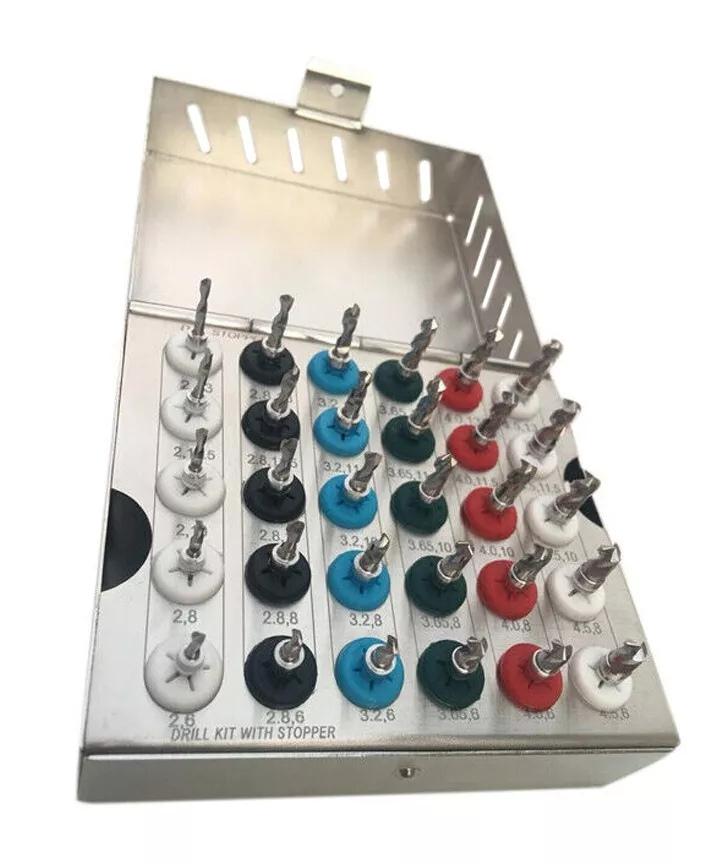Mastering Dental Elevators: A Guide for Oral Surgeons and Dental Students

Precision and technique are the cornerstones of modern dentistry. Among the essential tools that enable such precision, dental elevators stand out for their role in atraumatic tooth extractions and surgical procedures. Whether you're a seasoned oral surgeon or a dental student beginning your clinical journey, understanding how to properly use and select dental elevators can greatly improve patient outcomes.
In this comprehensive guide, we explore the different types, uses, and surgical practices involving dental elevators, while also connecting their relevance to other critical tools like composite filling instruments, eye instruments, dental surgical instruments, sinus lift instruments, and eye surgery instruments.
What Are Dental Elevators?
Dental elevators are surgical instruments used primarily to loosen teeth from the periodontal ligament before extraction. They are also used to remove roots or fragments and provide better access during complex dental surgeries.
These instruments work on the principles of leverage, wedge, and wheel-and-axle mechanics, making them vital in both routine and advanced oral surgeries.
✅ Learn more and explore quality dental elevators for your practice.
Types of Dental Elevators and Their Functions
Straight Elevators
Straight elevators are the most commonly used type. They feature a flat blade and are ideal for loosening teeth before forceps extraction.
-
Usage: Luxation of anterior and premolar teeth.
-
Tip: Always use controlled force to avoid damaging adjacent bone.
Root Elevators
These are designed to remove root tips or fractured root segments. They come in various designs like Cryer, Winter, and Crossbar types.
-
Best For: Broken roots in posterior teeth.
-
Functionality: Allows for controlled movement in hard-to-reach root areas.
Cryer Elevators
Cryer elevators have sharp, triangular tips and are designed to remove roots in multi-rooted teeth, especially in the mandible.
-
Usage: Wheel-and-axle technique for broken root removal.
-
Note: Must be handled with precision to avoid trauma to the socket.
Luxating Elevators
Technically different from elevators but often grouped with them, these instruments are used for severing the periodontal ligament with minimal force.
-
Advantage: Preserves bone, essential for implant preparation.
-
Common Application: Immediate implant placement procedures.
Proper Handling Techniques for Dental Students
Mastering elevator use takes practice, especially for beginners. Below are essential handling tips:
Secure Grip and Finger Rests
Use finger rests for support and control. Always rest your hand on a stable surface to avoid slips.
Leverage Without Excessive Force
Use minimal, controlled force to avoid root fracture or bone breakage.
Avoid Excessive Rotation
Rotational force should be limited to avoid socket wall damage.
How Dental Elevators Fit into Comprehensive Surgical Practice
Role in Full-Mouth Rehabilitation
During full-mouth rehabilitation, dental elevators help create clean extraction sites, which are later restored using composite filling instruments or dental implants.
Explore premium composite filling instruments for smooth restorations post-extraction.
Integration with Dental Surgical Instruments
Dental elevators are only one piece of the surgical toolkit. Other dental surgical instruments include:
-
Forceps
-
Periosteal elevators
-
Surgical curettes
-
Hemostats
Together, these tools create a complete setup for safe and efficient oral surgeries.
Applications in Sinus Lift Procedures
During upper molar extractions, a sinus lift may be needed to prepare for implant placement. Elevators gently remove teeth while preserving bone—crucial for sinus membrane elevation.
Shop reliable sinus lift instruments for successful implant prep and sinus augmentation.
Cross-Specialty Use in Microsurgery
Interestingly, instruments designed for one field often find use in another. Certain eye instruments offer unmatched precision for microsurgical techniques and soft tissue handling in oral surgeries.
View expert-grade eye instruments that support surgical accuracy in both dental and ophthalmic procedures.
Eye Surgery Instruments in Dental Microsurgeries
Though traditionally used in ophthalmology, eye surgery instruments are now adopted in dental surgeries involving fine tissue dissection and implant exposure due to their micro-precision and ergonomic build.
Training Tips for Mastery
Practice on Models
Dental students should use typodonts or extracted teeth models to learn proper angles and pressure application.
Mentorship and Observation
Observe oral surgeons during live procedures to understand real-time decision-making.
Know the Anatomy
Mastering elevator technique is impossible without an intimate understanding of dental and alveolar anatomy.
Sterilization and Maintenance of Elevators
-
Autoclave after every use
-
Check sharpness regularly
-
Avoid corrosion with stainless steel or titanium options
Using sterilized, high-quality elevators ensures safety and long-term usability.
Final Thoughts: Elevate Your Practice with the Right Tools
The use of dental elevators is a foundational skill in surgical dentistry. When properly used, they make extractions safer, preserve bone, and improve healing outcomes. For dental students, mastering these tools sets the groundwork for surgical excellence.
Whether paired with composite filling instruments, eye surgery instruments, or sinus lift instruments, dental elevators form the bridge between tooth removal and full-mouth rehabilitation.
Take your clinical skills and surgical outcomes to the next level by exploring Meditek’s complete collection of precision-crafted instruments—including dental elevators, dental surgical instruments, and more.






